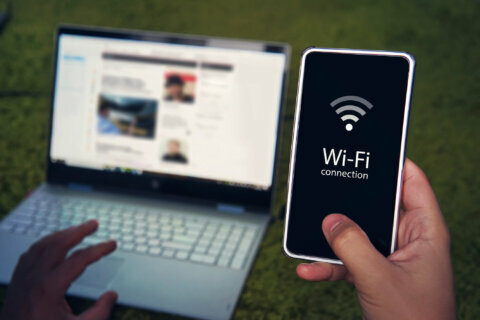Q: Should I install iOS 13 and if I do, what improvements will I get?
A: Apple’s annual major update to their mobile operating system (iOS) usually brings up many questions for those that own Apple mobile devices such as the iPhone, iPad and iPods.
With iOS 13, there are a number of devices that will not be allowed to install it, so if you have any of the following devices (or older), you can’t install it: iPhone 5S, iPhone 6/6 Plus, iPod Touch (6th generation), iPad Mini 2, iPad Mini 3 and iPad Air.
Improvements
There are a lot of big and small tweaks made in iOS 13 (for a full list, go to: https://apple.co/2kPrqNu) including a battery saving feature that will also make it easier to see your device in bright sunlight called Dark Mode, lots of updates to the Photos and Camera apps, refined privacy and security settings, especially if you use the Sign in with Apple, as well as many improvements for Maps, Reminders and Siri.
First iPadOS
In the past, iOS was designed to be used on iPhones and iPads, but that’s no longer the case. Qualifying iPad devices will now be able to use a dedicated operating system called iPadOS, which should appear as an available update in Settings > General > Software Update.
With this dedicated OS, you’ll notice some significant changes to the home screen that takes advantage of the larger screen area vs the iPhone. It will also include ‘Sidecar’, which allows your iPad to be used as a second screen if you also have a Mac computer.
Another big enhancement will finally allow users to plug a USB drive or SD card reader into their iPads to easily transfer files for external use.
Known issues
Every version of Apple’s mobile operating system has experienced bugs with notable issues with every version going back to iOS4 that required an update to fix those bugs and iOS 13 is no different.
Early adopters have reported problems with apps crashing, phone service and Bluetooth issues as well as slowness when switching modes while using the camera. There have also been some security issues that have been discovered, prompting the Department of Defense to strongly recommend against staff members installing it.
Preparing for the update
Apple will eventually get the bugs ironed out with upcoming updates — iOS 13.1 has already been released. For most users, waiting until the 13.2 or 13.3 updates are in circulation will mean that things are stabilizing and less risky.
If you do decide to install the update now or in the future, make sure you have ample clear space on your device by getting rid of apps, videos, music and pictures you no longer care about.
You should also create an archive copy of all your data to your computer, by connecting your device to your computer through iTunes and performing a manual backup.
This is the only way you can go back to iOS 12 and only if you are running iOS 12.4.1 before you create the archive.
It’s also best to perform the update with your device plugged into power so there’s no chance of running out of juice in the middle of the update.
Ken Colburn is founder and CEO of Data Doctors Computer Services. Ask any tech question on Facebook or Twitter.







